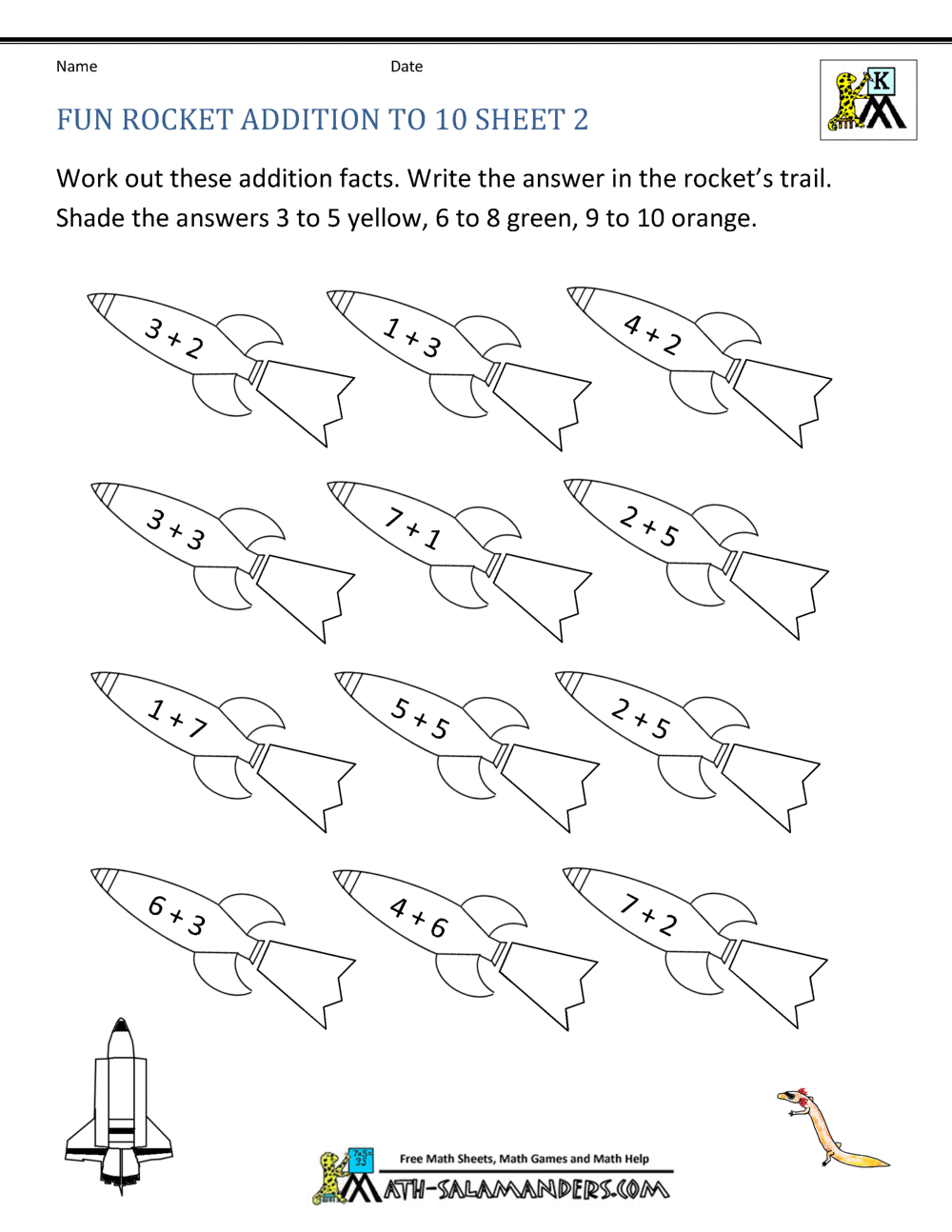

There are so many fun pictures to color and enjoy while working on basic kindergarten concepts coming towards the end of the school year. This month’s set is filled with flowers, bugs, gardening, and other fun spring themes. They should be able to use basic shapes and spatial reasoning to model objects in their environment and to construct more complex shapes.I’ve had such a great time working on these kindergarten worksheets for May, and they are already finding there way into classrooms and homes around the world.In addition, these lessons should make the kids appreciate the application of their mathematics lessons in their daily lives and giving them opportunities to enjoy and play while learning math are also the priorities in this level.

Counting real-life objects or materials such as determining the number of toys and crayons they have, the number of candies left after they ate some of it, etc.Even though it is not required for them to show mastery of addition and subtraction of numbers within 10, learners in this level are encouraged to appreciate how number recognition and counting can be useful in their daily lives.Other than these, kindergarten learners are already introduced to non-standard units of measurement which will be strengthened when they are promoted to the next level.They should be able to draw and illustrate basic and solid shapes given their unique attributes.Learners should be able to select, modify, and demonstrate effective strategies for solving quantitative questions, including recognizing the cardinalities of small sets of objects, counting and producing sets of given sizes, counting the number of objects in combined sets, or counting the number of objects that remain in a set after some are taken away, counting numbers using their fingers and other manipulative materials, identifying a larger or smaller sets, utilizing skip counting for faster calculation, and initially illustrating basic concepts of fractions such as halves and quarters.

They should also compare and contrast shapes as symmetrical or asymmetrical categories.They should recognize, label, and differentiate basic two-dimensional shapes, such as squares, triangles, circles, rectangles, and hexagons, from solid or three-dimensional figures such as cube, prism, cone, pyramid, etc, that are presented in a variety of ways (e.g., with different sizes, and orientations).



 0 kommentar(er)
0 kommentar(er)
